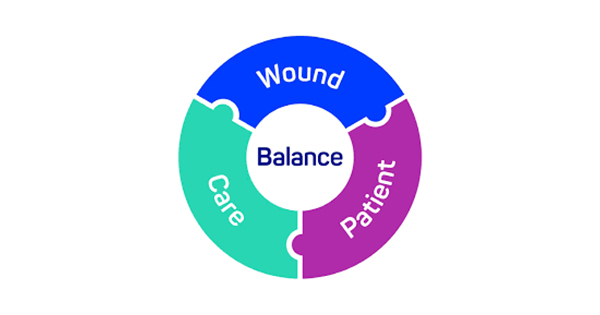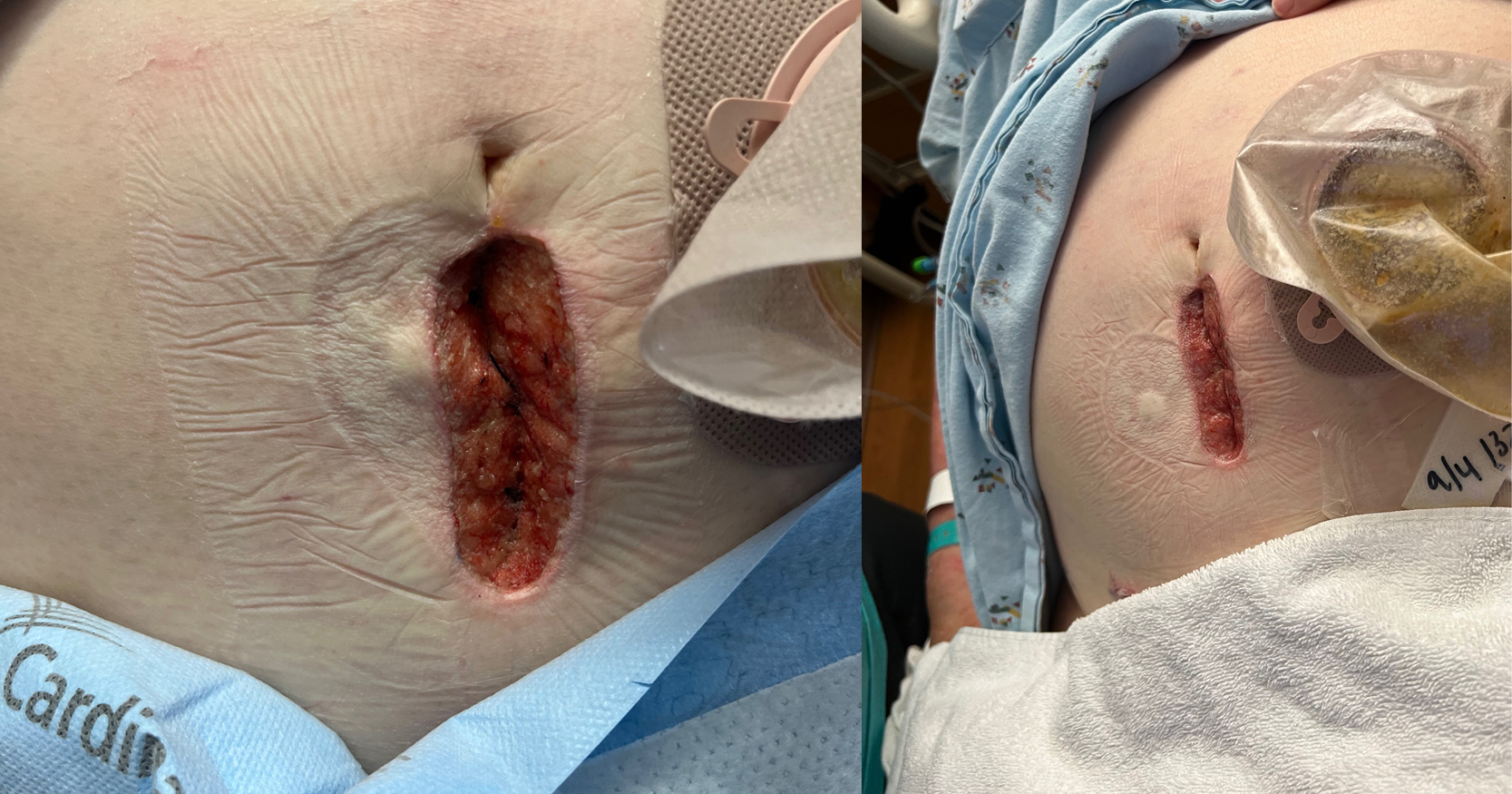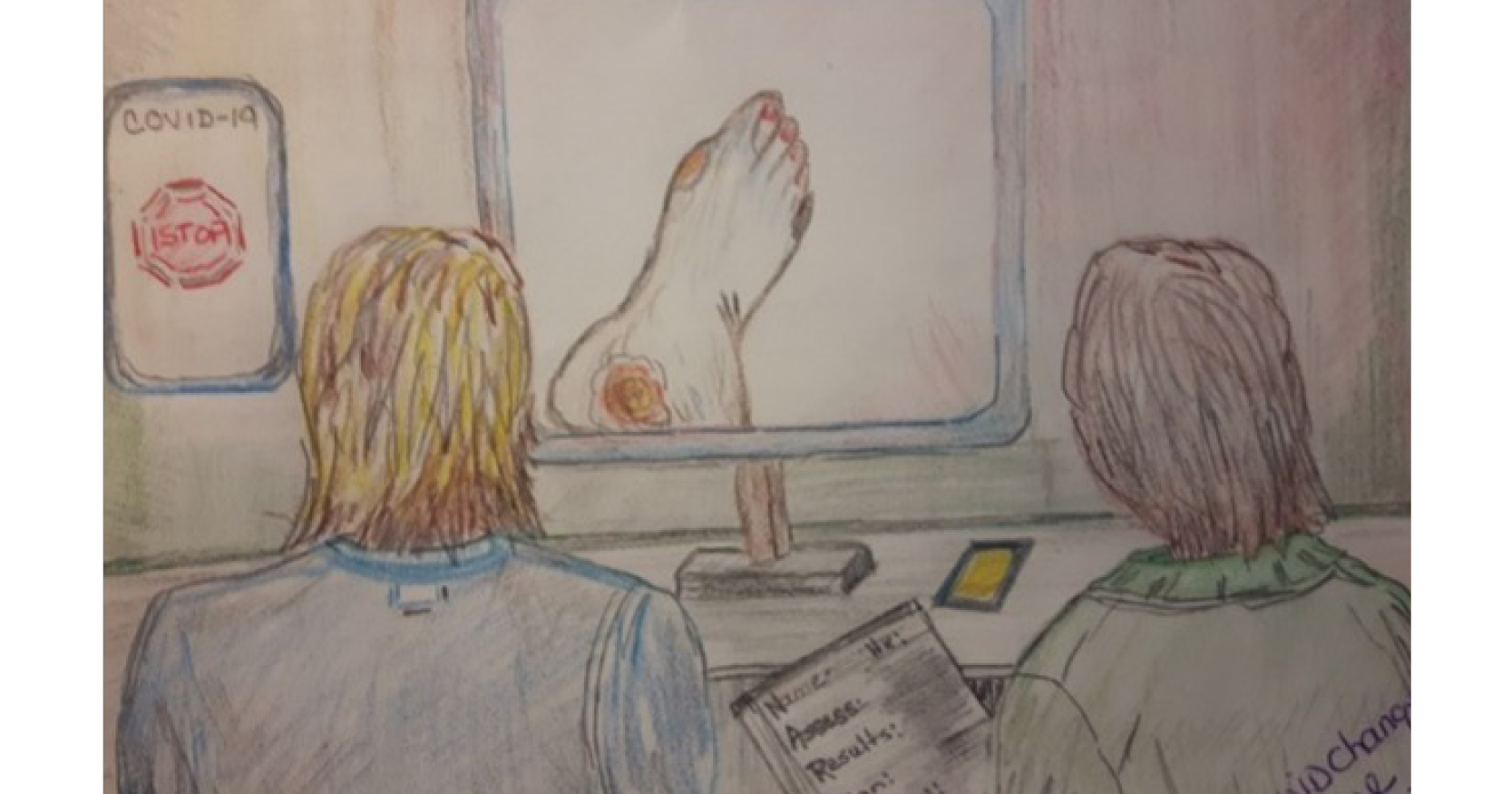<p>It is well recognised that international collaboration is essential if lymphoedema of all causes and in all its various presentations is to be recognised, treated, managed and indeed prevented effectively. A quick look through each issue of this journal since its launch in 2006, shows this to be a consistent message. In the area of prevention, important work has been done by organisations such as the World Health Organization (WHO) and the Global Alliance for the Elimination of Lymphatic Filariasis (GAELF) in terms of filarial vector control (Ryan, 2006). Equally, the prevention of lymphoedema following cancer and its treatment through changes to surgical and radiotherapy practice is a continuing key research focus (Piller, 2006). In addition, many individual researchers across the world have laboured to improve the early recognition, diagnosis, measurement and clinical management of lymphoedema (Piller, 2006; Addiss, 2007).</p>






